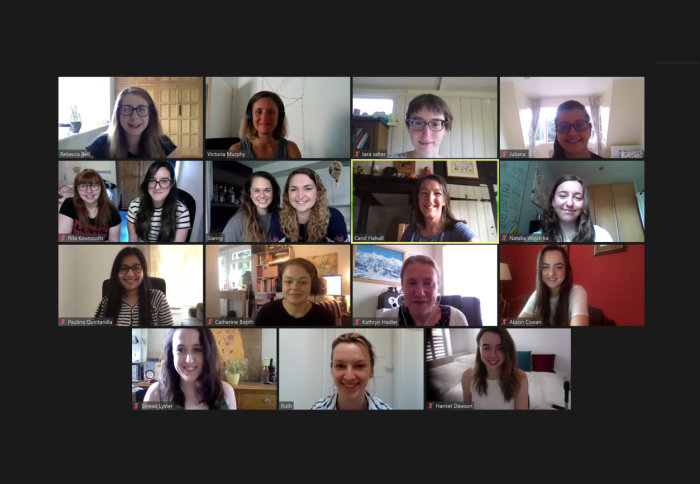

This year for International Women in Engineering Day, we are celebrating women in the Department of Earth Science and Engineering.
Some of the women in the Department of Earth Science and Engineering met remotely (pictured above) to celebrate International Women in Engineering Day 2020. The theme this year is Shape the World, and below are examples of how our Department is doing that.
Shaping the world
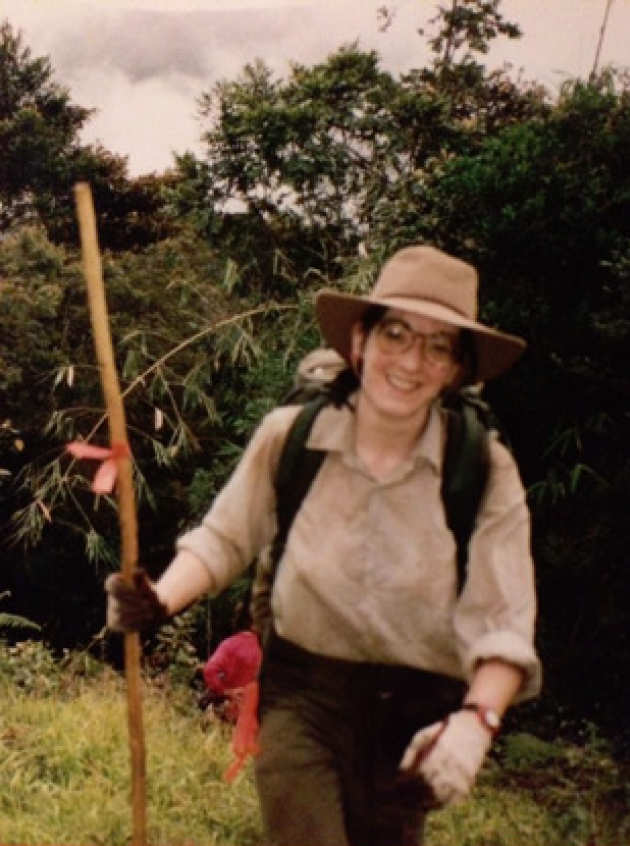 Carol Halsall graduated from the Royal School of Mines in 1986, when some companies didn’t admit women into their graduate recruitment programmes. "I completed my PhD on the Rio Tinto mine in Spain in 1990, and then spent 25 years working in Australia in operations and new business development for major mining companies. This photo is of me trekking the Kokoda Trail in 1995 or thereabouts as part of a CRA (Rio Tinto) leadership development challenge. Nowadays, I spend my time teaching on the Metals and Energy Finance MSc course and trying to inspire the next generation of women and girls to pursue STEM subjects, especially the Earth Sciences, and develop their careers in our traditionally male dominated industry.
Carol Halsall graduated from the Royal School of Mines in 1986, when some companies didn’t admit women into their graduate recruitment programmes. "I completed my PhD on the Rio Tinto mine in Spain in 1990, and then spent 25 years working in Australia in operations and new business development for major mining companies. This photo is of me trekking the Kokoda Trail in 1995 or thereabouts as part of a CRA (Rio Tinto) leadership development challenge. Nowadays, I spend my time teaching on the Metals and Energy Finance MSc course and trying to inspire the next generation of women and girls to pursue STEM subjects, especially the Earth Sciences, and develop their careers in our traditionally male dominated industry.
 Claire Dilliway is the Project Manager for the EPSRC-funded INHALE project which will assess the impact of pollution on personal health in urban environments. This multidisciplinary research project will develop a physics based, multi-scale approach across biological length scales from the cell, lung, person up to the neighbourhood scale.
Claire Dilliway is the Project Manager for the EPSRC-funded INHALE project which will assess the impact of pollution on personal health in urban environments. This multidisciplinary research project will develop a physics based, multi-scale approach across biological length scales from the cell, lung, person up to the neighbourhood scale.
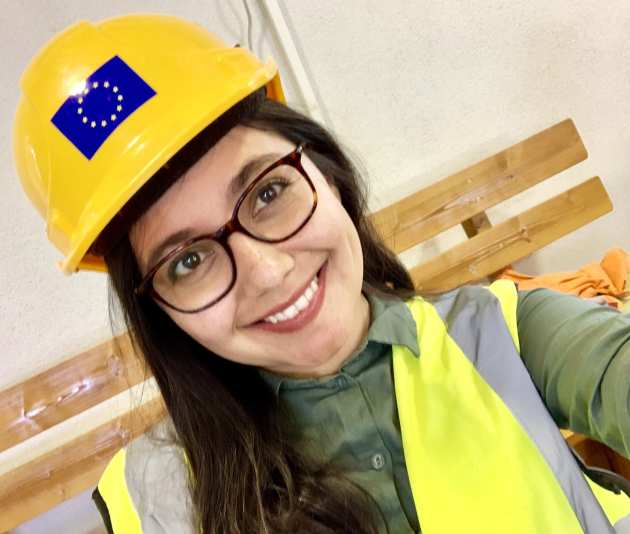 Paulina Quintanilla is a Chilean Chemical Engineer doing a PhD on flotation modelling for predictive control.
Paulina Quintanilla is a Chilean Chemical Engineer doing a PhD on flotation modelling for predictive control.
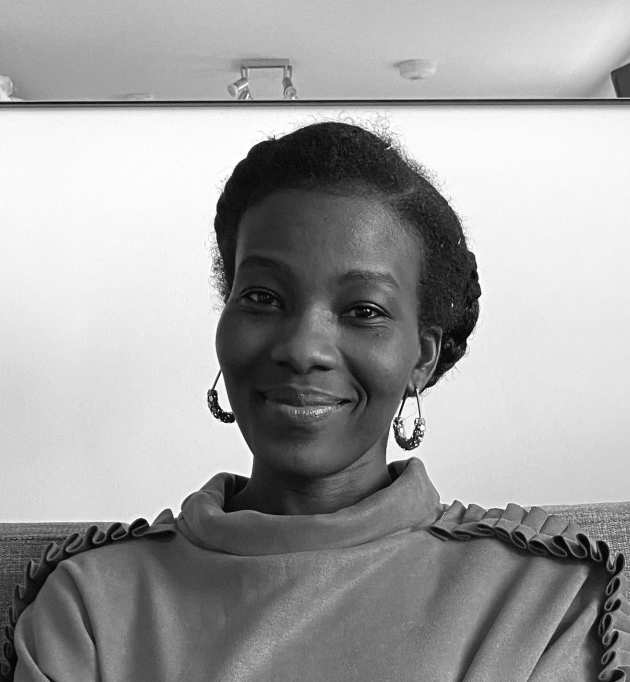 Zainab Titus is a computational geoscience PhD student in the Department of Earth Science and Engineering. "My research applies data assimilation and machine learning to build more accurate and representative models of geological reservoirs that account for observed data. The modeling has direct application to subsurface energy projects including geothermal and petroleum reservoirs to improve the recovery of subsurface fluids."
Zainab Titus is a computational geoscience PhD student in the Department of Earth Science and Engineering. "My research applies data assimilation and machine learning to build more accurate and representative models of geological reservoirs that account for observed data. The modeling has direct application to subsurface energy projects including geothermal and petroleum reservoirs to improve the recovery of subsurface fluids."
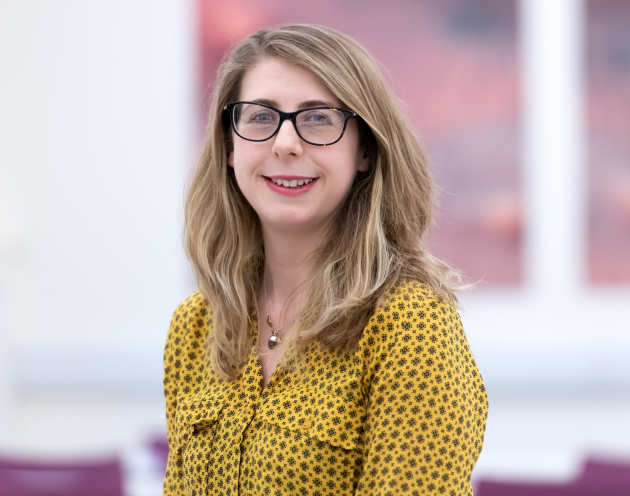 Dr Rebecca Bell is a Senior Lecturer in the Department of Earth Science and Engineering. "I specialise in the use of seismic imaging to understand plate tectonics. I am currently involved in projects to investigate why some subduction zones experience very large, greater than magnitude 9 earthquakes and others experience slow, silent slip."
Dr Rebecca Bell is a Senior Lecturer in the Department of Earth Science and Engineering. "I specialise in the use of seismic imaging to understand plate tectonics. I am currently involved in projects to investigate why some subduction zones experience very large, greater than magnitude 9 earthquakes and others experience slow, silent slip."
Looking to the future
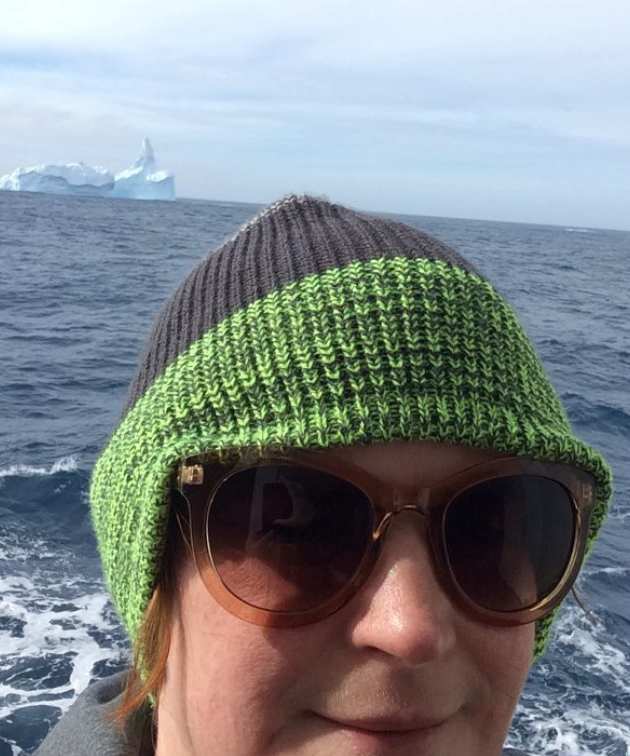 Professor Tina van de Flierdt uses the geological record of Antarctica’s past ice coverage to learn about its future response to climate change. You can learn more by watching Professor van de Flierdt's inaugural lecture, "Drilling for our future in Antarctica’s past".
Professor Tina van de Flierdt uses the geological record of Antarctica’s past ice coverage to learn about its future response to climate change. You can learn more by watching Professor van de Flierdt's inaugural lecture, "Drilling for our future in Antarctica’s past".
 Ying Ashton is the Administrator for Applied Computational Science and Engineering MSc "It’s wonderful to play a small part in helping a growing number of gifted young women from all over the world taking their next step in the field of computational science."
Ying Ashton is the Administrator for Applied Computational Science and Engineering MSc "It’s wonderful to play a small part in helping a growing number of gifted young women from all over the world taking their next step in the field of computational science."
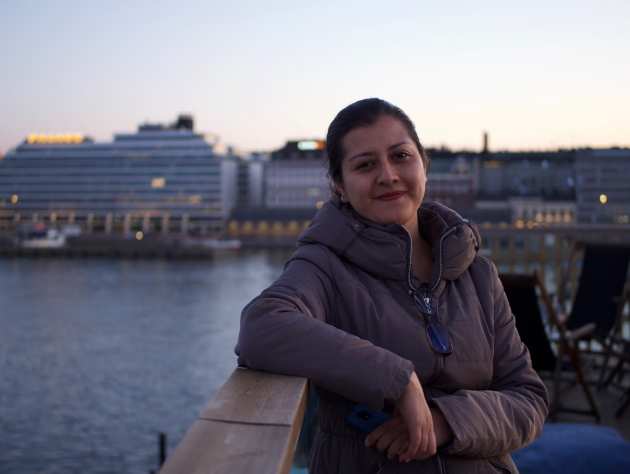 Dr Juliana Segura Salazar I currently focus on understanding the effects of ore variability in small-scale mineral processing, and also on developing methodologies that contribute towards more environmentally sustainable practices in the minerals industry.
Dr Juliana Segura Salazar I currently focus on understanding the effects of ore variability in small-scale mineral processing, and also on developing methodologies that contribute towards more environmentally sustainable practices in the minerals industry.
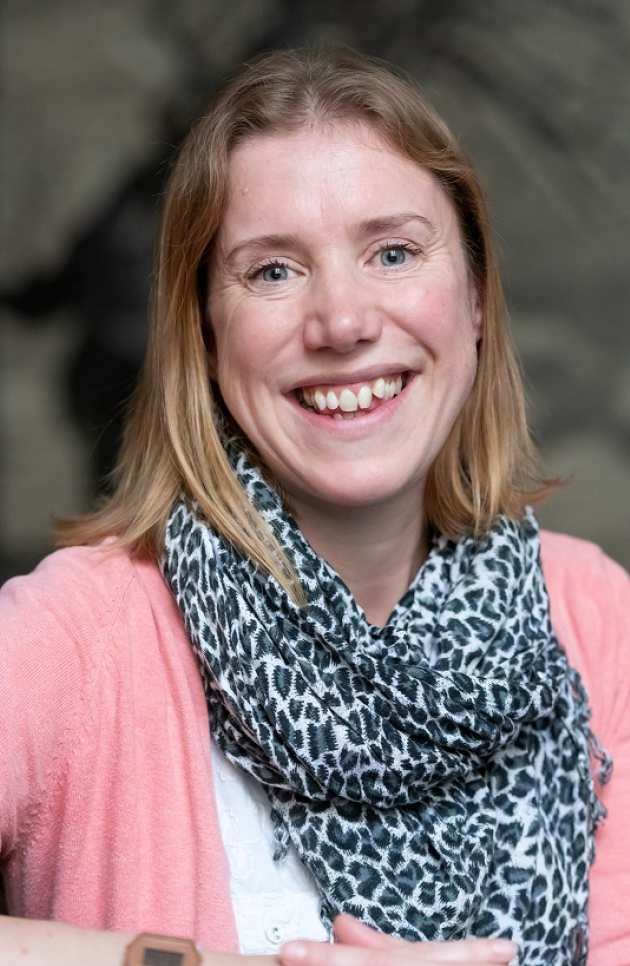 Dr Kathryn Hadler "I am investigating how we can produce oxygen reliably on the Moon using terrestrial mining and mineral processing approaches, but in a different environmental context. Ideas generated to address the challenge of separating minerals on the Moon has the potential to transform terrestrial mining operations."
Dr Kathryn Hadler "I am investigating how we can produce oxygen reliably on the Moon using terrestrial mining and mineral processing approaches, but in a different environmental context. Ideas generated to address the challenge of separating minerals on the Moon has the potential to transform terrestrial mining operations."
Understanding our planet
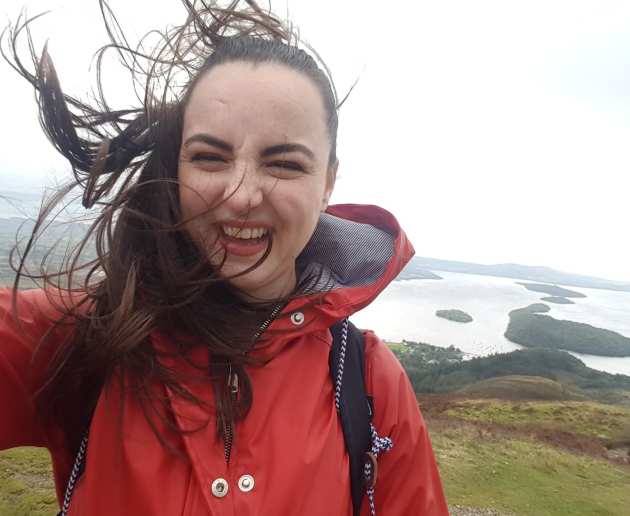 Alison Cowan is a researcher in the Natural Magnetism Group in the Department of Earth Science and Engineering. "My work involves investigating how grain geometries can effect the micromagnetic behaviour of magnetic nano-particles."
Alison Cowan is a researcher in the Natural Magnetism Group in the Department of Earth Science and Engineering. "My work involves investigating how grain geometries can effect the micromagnetic behaviour of magnetic nano-particles."
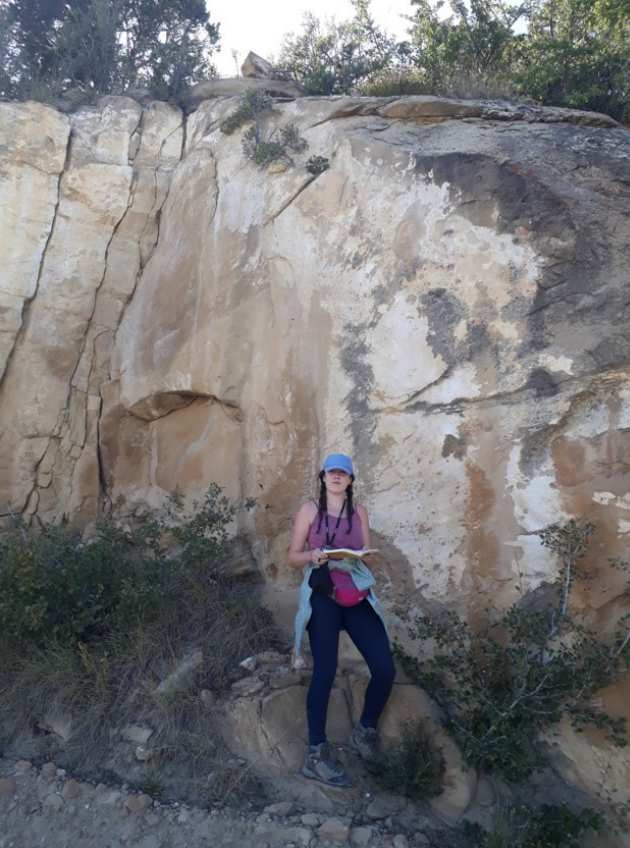 Sinead Lyster researches how rivers behaved in the geologic past, particularly in response to tectonic and climatic change. "My research uses a combination of field data, digital elevation models, and climate modelling results to achieve this goal."
Sinead Lyster researches how rivers behaved in the geologic past, particularly in response to tectonic and climatic change. "My research uses a combination of field data, digital elevation models, and climate modelling results to achieve this goal."
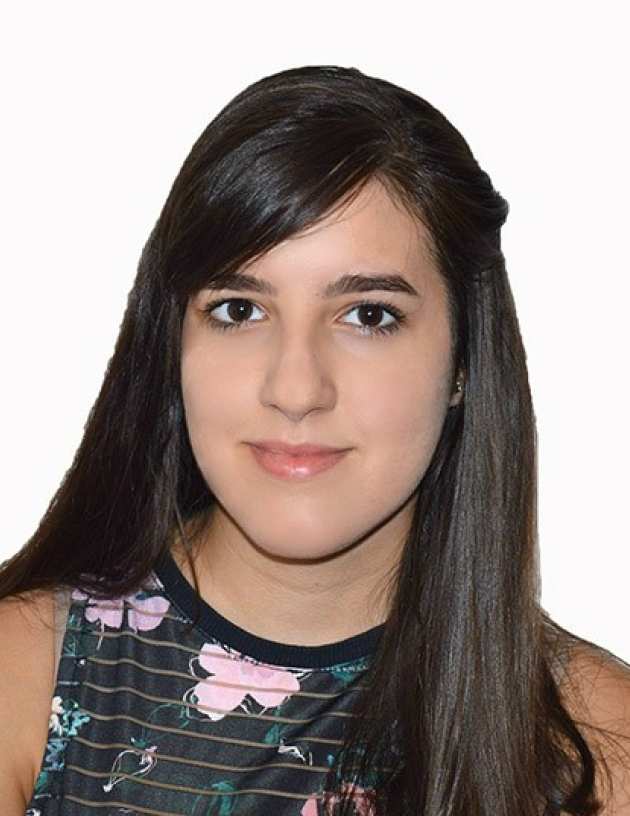 Rita Kounoudis uses earthquake seismology to image the structure of the deep Earth. "I am currently investigating the East African Rift to ultimately understand how continents break apart. This will not only shed light on tectonic processes that are currently shaping the Earth, but it will provide insights into processes that have acted millions of years ago that split large supercontinents apart."
Rita Kounoudis uses earthquake seismology to image the structure of the deep Earth. "I am currently investigating the East African Rift to ultimately understand how continents break apart. This will not only shed light on tectonic processes that are currently shaping the Earth, but it will provide insights into processes that have acted millions of years ago that split large supercontinents apart."
 Bailey Lathrop is a structural geologist. "I study how extensional faults behave using 3D seismic data and physical analogue models."
Bailey Lathrop is a structural geologist. "I study how extensional faults behave using 3D seismic data and physical analogue models."
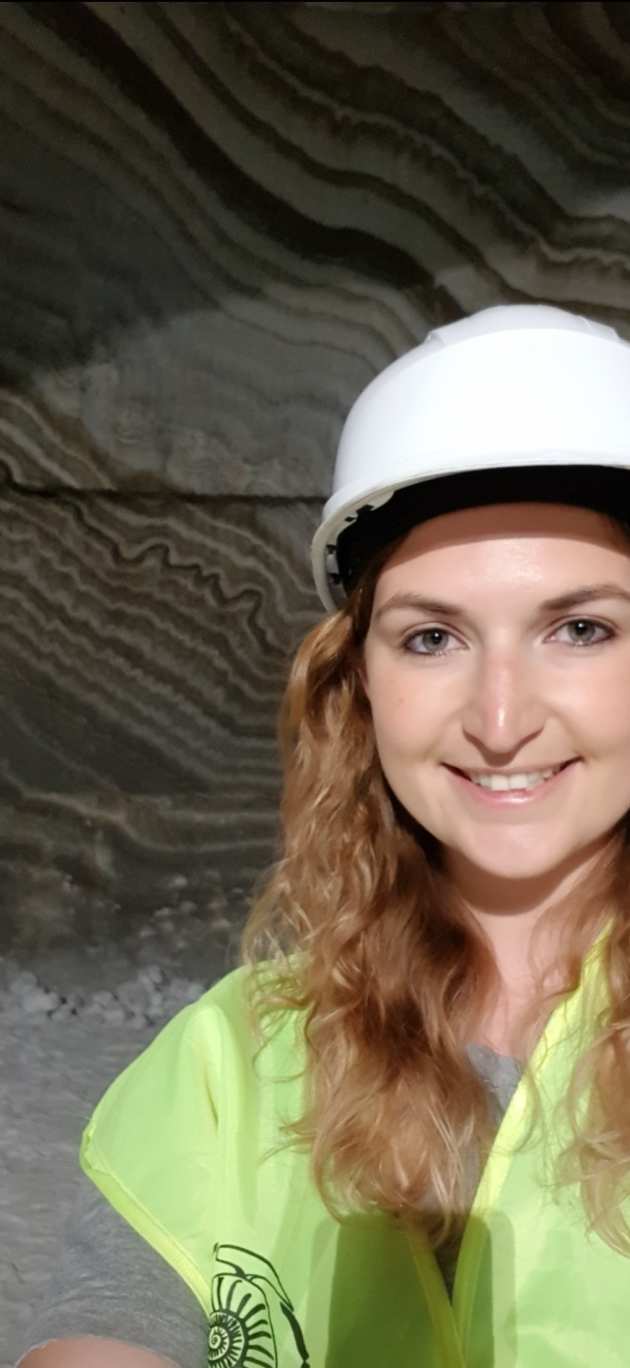 Sian Evans "My work uses geophysical data to better understand how rocks deform in the subsurface over geological timescales. This enables us to better understand the evolution of the Earth and manage our natural resources."
Sian Evans "My work uses geophysical data to better understand how rocks deform in the subsurface over geological timescales. This enables us to better understand the evolution of the Earth and manage our natural resources."
The Department of Earth Science and Engineering is developing their submission for the Athena SWAN Bronze Award. If you want your work in the Department included in the above article, please email Victoria Murphy.
Article text (excluding photos or graphics) © Imperial College London.
Photos and graphics subject to third party copyright used with permission or © Imperial College London.



